What Is Nd8 Filter ?
An ND8 filter is a type of neutral density filter used in photography and videography. It is designed to reduce the amount of light entering the camera lens without affecting the color or hue of the image. The "ND" stands for neutral density, indicating that the filter does not introduce any color cast to the image. The number "8" refers to the filter's light reduction factor, which is equivalent to three stops of light. This means that an ND8 filter reduces the amount of light entering the lens by eight times, allowing for longer exposure times or wider apertures in bright conditions. ND filters are commonly used to achieve creative effects such as motion blur in water or clouds, or to balance exposure in high-contrast scenes.
1、 Definition and Purpose of an ND8 Filter
An ND8 filter, also known as a neutral density filter, is a camera accessory that reduces the amount of light entering the camera lens without affecting the color or hue of the image. The "ND" in ND8 stands for "neutral density," indicating that the filter evenly reduces the intensity of all wavelengths of light.
The purpose of an ND8 filter is to allow photographers to have more control over the exposure settings of their camera, particularly in situations where there is too much light. By reducing the amount of light entering the lens, an ND8 filter enables photographers to use wider apertures, slower shutter speeds, or both, without overexposing the image. This is especially useful in bright outdoor conditions or when shooting long exposures in low-light situations.
The ND8 filter is designed to reduce the light by three stops, meaning it allows only 1/8th of the original light to pass through. This reduction in light enables photographers to achieve creative effects such as motion blur in waterfalls or rivers, capturing the movement of clouds, or creating a shallow depth of field in bright conditions.
In recent years, the use of ND filters has gained popularity among photographers and videographers, particularly in landscape and architectural photography. The ability to control exposure settings and achieve desired effects without compromising image quality has made ND filters an essential tool in the photographer's kit.
It is important to note that with advancements in camera technology, some cameras now have built-in ND filters that can be electronically adjusted. However, external ND filters like the ND8 are still widely used due to their versatility and compatibility with various camera systems.
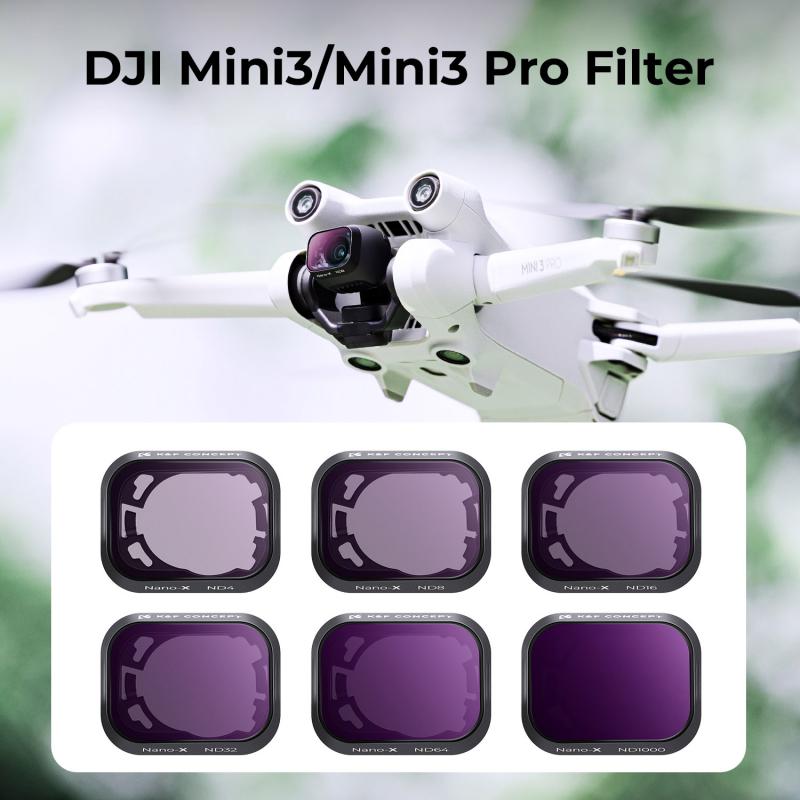
2、 Light Reduction and Exposure Control with ND8 Filters
A ND8 filter, also known as a Neutral Density filter, is a type of camera filter that reduces the amount of light entering the camera lens. It is specifically designed to control exposure and allow photographers to achieve creative effects in their images.
The "ND" in ND8 stands for "Neutral Density," indicating that the filter does not affect the color or hue of the light passing through it. The number "8" refers to the filter's light reduction factor, which is equivalent to three stops of light. This means that when using an ND8 filter, the amount of light entering the camera is reduced by eight times, allowing for longer exposure times or wider apertures in bright conditions.
ND8 filters are commonly used in various photography scenarios. For example, landscape photographers often use them to capture long exposure shots of flowing water or to create motion blur in clouds. By reducing the amount of light, the filter allows for longer shutter speeds, resulting in smooth and ethereal effects.
Additionally, ND8 filters are useful in situations where the photographer wants to use a wide aperture to achieve a shallow depth of field. In bright conditions, the excess light can cause overexposure, but with the ND8 filter, the light is reduced, allowing for wider apertures without blowing out the highlights.
In recent years, there has been an increase in the popularity of ND filters due to the rise of long exposure photography and the desire to achieve unique and creative effects. With advancements in filter technology, ND filters are now available in various strengths, allowing photographers to have more control over their exposure and achieve their desired artistic vision.
Overall, ND8 filters are an essential tool for photographers looking to control exposure and create stunning images in bright conditions.
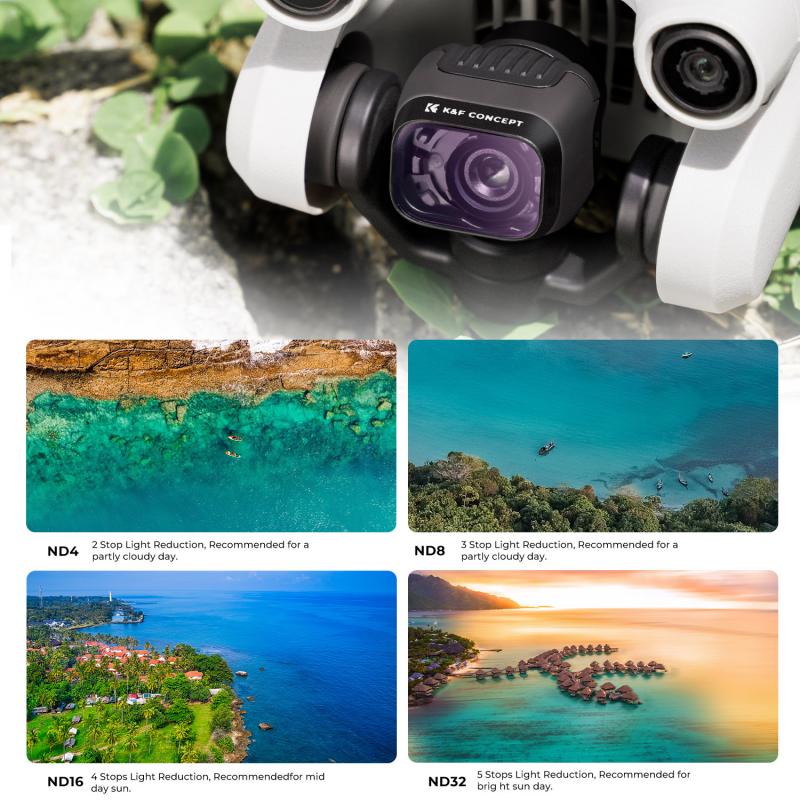
3、 ND8 Filter Strength and Optical Density
An ND8 filter, also known as a Neutral Density filter, is a type of camera filter that reduces the amount of light entering the camera lens without affecting the color or contrast of the image. The "ND" in ND8 stands for "Neutral Density," indicating that the filter has a neutral effect on the color balance of the image.
The number "8" in ND8 refers to the filter's optical density, which determines the amount of light that is blocked. In the case of an ND8 filter, it reduces the amount of light entering the lens by three stops. This means that only one-eighth (1/8) of the original light is allowed to pass through the filter.
The primary purpose of using an ND8 filter is to achieve a longer exposure time or a wider aperture in bright lighting conditions. By reducing the amount of light, it allows photographers to use slower shutter speeds or larger apertures, which can be beneficial in various situations. For example, it can be used to create motion blur in moving subjects, capture long-exposure shots of landscapes or waterfalls, or achieve a shallow depth of field in bright sunlight.
In recent years, ND filters have gained popularity among photographers and videographers for their ability to control exposure and create unique visual effects. They are available in different strengths, including ND2, ND4, ND8, ND16, and so on, each reducing the light by a specific number of stops.
It is worth noting that with advancements in digital photography, some cameras now have built-in ND filters or offer software-based solutions to achieve similar effects. However, using physical ND filters still provides more control and flexibility in capturing the desired image.
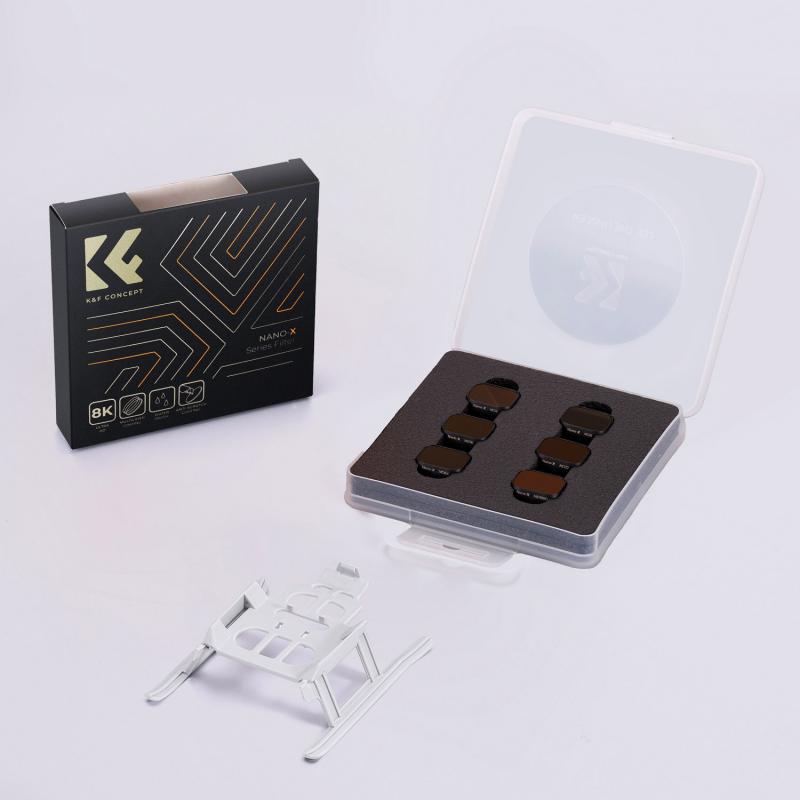
4、 Applications and Benefits of Using an ND8 Filter
An ND8 filter, also known as a neutral density filter, is a camera accessory that reduces the amount of light entering the lens without affecting the color or contrast of the image. It is designed to evenly reduce the intensity of all wavelengths of light, hence the term "neutral density."
The primary application of an ND8 filter is to allow photographers to use wider apertures or slower shutter speeds in bright conditions. By reducing the amount of light, it helps to prevent overexposure and allows for creative control over depth of field and motion blur. This is particularly useful in landscape photography, where photographers often want to capture long exposures of flowing water or create a shallow depth of field to isolate a subject.
Additionally, an ND8 filter can be used to achieve a balanced exposure when shooting in situations with high contrast, such as a bright sky and a darker foreground. By reducing the amount of light entering the lens, it helps to bring out details in both the highlights and shadows, resulting in a more evenly exposed image.
The benefits of using an ND8 filter extend beyond exposure control. It can also be used to remove unwanted elements from a scene by allowing for longer exposures that blur moving objects, such as people or cars. This technique is commonly used in architectural photography to capture clean shots of buildings without any distractions.
In recent years, the popularity of ND filters has increased due to the rise of long exposure photography and the use of drones for aerial photography. ND filters are now available in various strengths, including higher densities like ND1000, which allow for even longer exposures in extremely bright conditions.
Overall, an ND8 filter is a versatile tool that provides photographers with greater control over exposure and creative possibilities. It is an essential accessory for any photographer looking to expand their photographic capabilities and achieve stunning results in challenging lighting conditions.


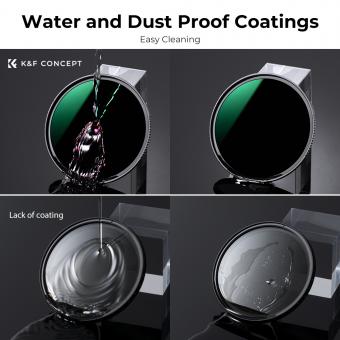



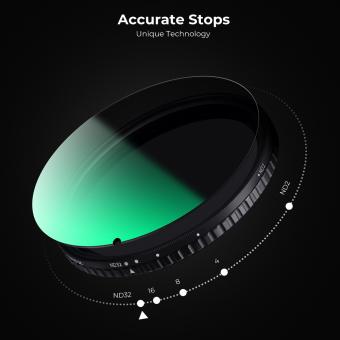

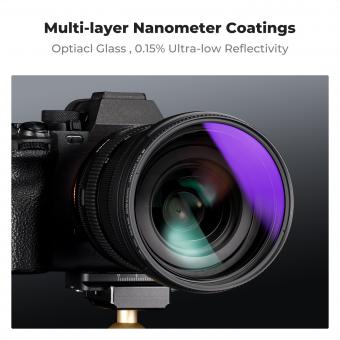

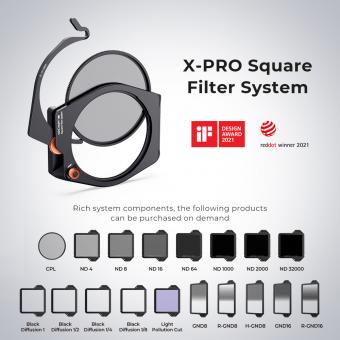


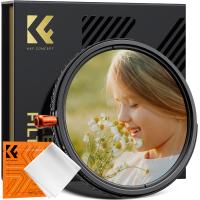
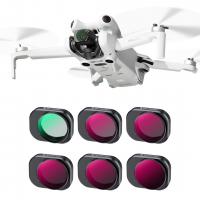


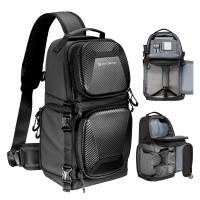


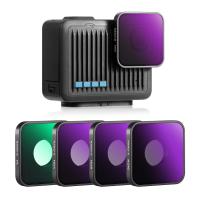
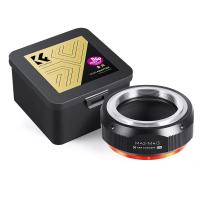


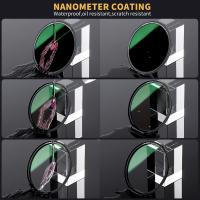

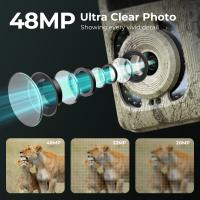
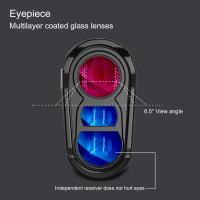
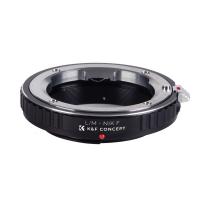

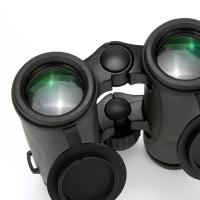
There are no comments for this blog.